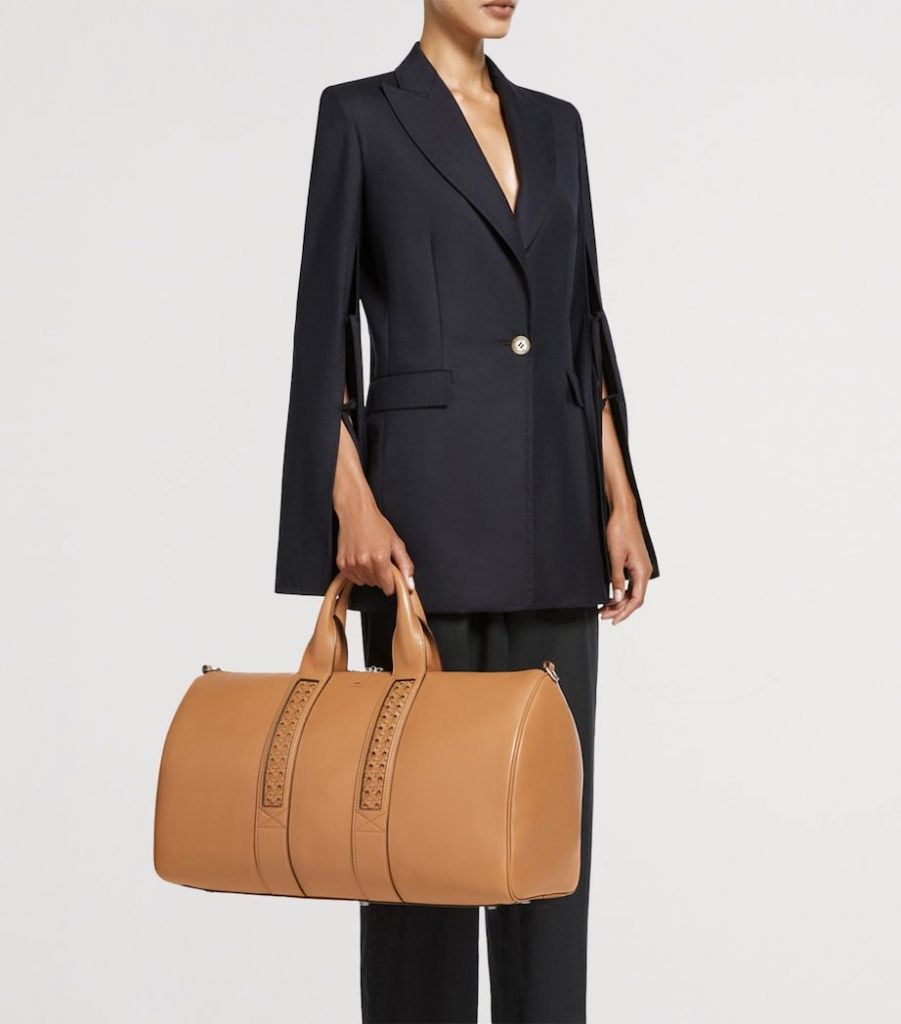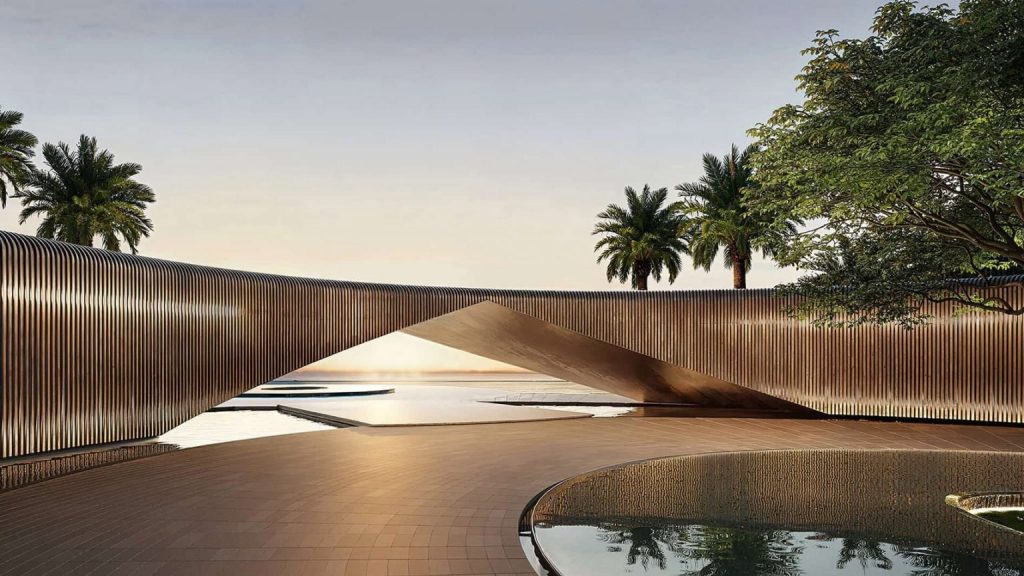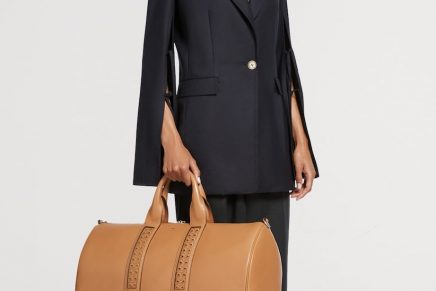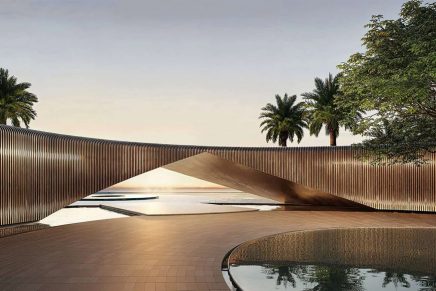The luxury industry this past week has continued to grapple with the economic and consumer shifts that have defined the year, but with some notable brand-specific highlights and developments. The overarching theme remains a market slowdown, particularly in key Western markets, but with some brands and regions showing resilience.
Key Financial and Market Insights
Mixed Performance from Major Players: The week’s news highlights the continued divergence in performance among luxury’s biggest names. While some luxury brands are showing signs of growth, others are still feeling the effects of the broader economic downturn.
Prada Group and Hermès are among the few luxury houses reporting positive sales figures. Prada saw a 9% sales increase, and Hermès also posted a 9% sales increase, indicating that their strategies, focusing on desirability, craftsmanship, and a tightly controlled supply chain, are resonating with consumers who are still spending.
In contrast, LVMH and Moncler have reported a drop in sales, with LVMH’s profits falling by 22%. This underscores the challenges faced by even the largest conglomerates in the current market. A significant factor in this decline is the drop in tourist spending, particularly from American and Chinese travelers, in Europe and Japan. The strengthening of the Euro and weakening of the dollar has reduced the purchasing power of these key consumer groups.
Geographic Challenges and Opportunities: The decline in tourist spending in traditional luxury hubs like Europe and Japan is a major headwind. However, some regions are emerging as potential growth areas. The Middle East, for instance, continues to be a bright spot for luxury brands, as do parts of Asia outside of mainland China. Brands are strategically shifting their focus to these regions to offset losses elsewhere.
Product Launches and Collaborations: Luxury brands are leveraging collaborations to create buzz and appeal to new demographics, a trend that is not slowing down despite the economic climate.
Patricia Gucci’s Aviteur launched a new capsule collection with Harrods. This collaboration between a heritage name and a prestigious department store is a classic strategy to reach high-net-worth consumers.
Hermès continues to surprise the market with its product diversification. The brand has debuted a new pair of high-end, leather-wrapped headphones, priced at $15,000, underscoring its push into unique luxury experiences and products beyond its core fashion offerings.
Louis Vuitton is preparing for the Spring/Summer 2026 menswear season, with a focus on fresh designs that will likely be unveiled in upcoming weeks.
Retail and Real Estate Developments: Brands are also focusing on physical spaces and expanding their footprint.
Giorgio Armani is expanding into luxury real estate, with the development of branded villas in the UAE, a move that aligns with the growing trend of experiential luxury and lifestyle branding.
Harvey Nichols is revamping its Knightsbridge flagship store, a strategic investment to enhance the in-store experience and attract high-end clientele in a competitive market.
This week’s news paints a picture of a luxury market in transition. While major players face a slowdown, the industry is not static. Brands are responding with targeted strategies: focusing on their most successful products, diversifying into new categories like hospitality and real estate, and continuing to use collaborations and digital innovation to maintain relevance and drive growth in an increasingly challenging environment.





